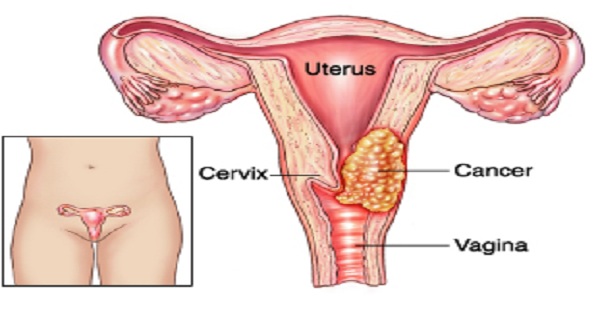Australia could be the first country in the world to effectively eradicate cervical cancer if current vaccination and screening rates are maintained, according to a research in public health journal `the Lancet’ published on Wednesday.
“By 2022, cervical cancer rates are predicted to drop to less than six cases per 100,000 people and thus be classified as a rare cancer,’’ the study said, based on modelling by the Australian charity Cancer Council.
According to their models, cervical cancer rates will continue to drop to below the “elimination’’ threshold of four new cases per 100 000 by 2035.
The researchers attributed progress in the fight against the disease to nationwide programmes aimed at preventing it, beginning with the launch of a national screening programme in 1991.
Cervical cancer is caused by certain high-risk types of human papilloma virus (HPV), a sexually transmitted infection.
In 2007, Australia became one of the first countries in the world to introduce a HPV vaccination programme for girls, which was later extended to boys.
Researchers also said associated mortality would likely fall below the rate of one per 100,000 women by 2047.
However, they warned “elimination is only likely if HPV vaccination and screening continue at their current rates.’’
Currently, Australia’s annual cervical cancer rate stands at seven cases per 100,000 people, about half the global average.
According to the World Health Organisation, it is the fourth most common cancer in women worldwide and the most common cause of death in many sub-Saharan countries. (dpa/NAN)

